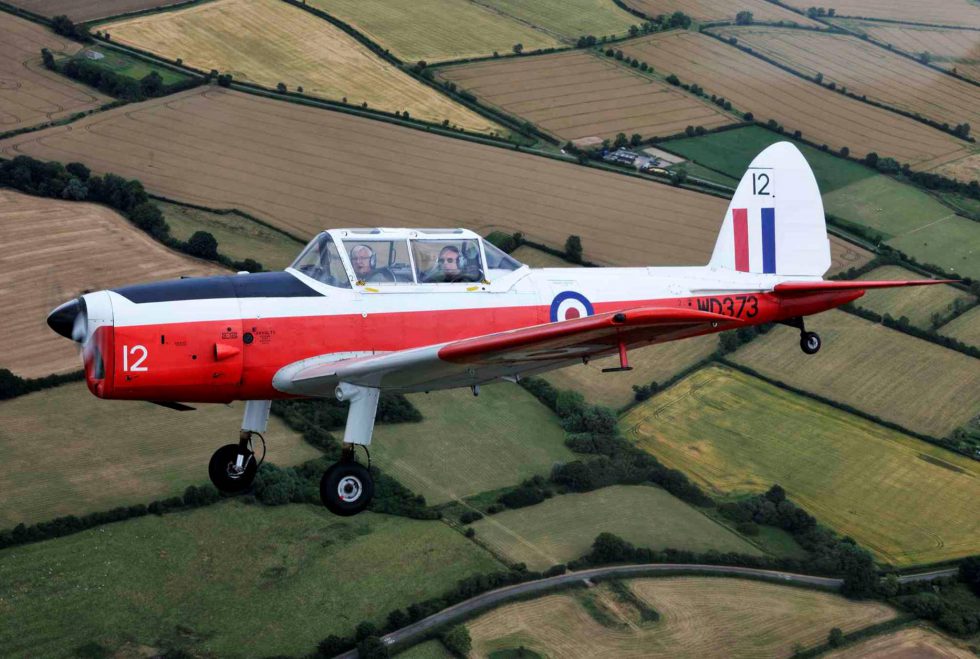Rollercoasters Are Tame
Every year I go on the Cyclone in Coney Island, squeezing my corpulent frame behind the seat’s safety bar, rattling around through the wooden beams. It was built in 1927, and even with refurbishment in 1974 it always seems like a miracle that it is still in operation. But it is frequently inspected by the city, and poses very little danger. And its 85 foot first drop is puny by the today’s standards.
The ride is a lot less spectacular than my favorite, the Great Bear in Hersheypark, but it’s only a subway ride away. One time we arrived at Hersheypark at dusk on a Friday, and with no lines I headed straight for it. A modern wonder of steel, you are suspended from the track like a ski lift, but with a restraint system that wraps you in safety. The greatest thrill for me came as we rolled upside down, with the bright lights of the park above us and the stars below. I rode it nine times before my family dragged me away.
But this is carefully metered fun. Every drop and turn has been planned and measured by the original engineers, whether calculating by slide rule in 1927 or by computer in 1978. You are ultimately following someone else’s vision. It’s sort of like my problem investing the effort to play video games—as a programmer myself I always feel I am just pushing someone else’s pixels
How about some real fun?
When I was a teenager in England, I joined the Air Training Corps, a cadet force of the RAF. We spent two nights a week on a WWII era airfield that had been converted for civilian light airplanes, and split our time between learning theory of flight and radio procedures in an old Quonset hut and parade ground drill on the apron between the hangars. Every now and then we were scheduled for flying at the nearest RAF base, but we were usually rained out and made do with a day of target practice with archaic Lee-Enfield rifles.
But every once in a while fortune smiled on us, and we got our air experience flights. For us the RAF still flew de Havilland Chipmunks, a 1950s era trainer capable of serious aerobatics, and the pilots seemed to take joy in throwing us around the sky until we were thoroughly air sick.

But I had an agenda. I wanted to fly myself. I had studied assiduously, and wanted to put some of my lessons into practice.
So while spending a week one summer at RAF St. Athan, when it was my turn I asked to take control. Under the careful supervision of the instructor, I performed some basic turns and such. Great fun, though by the end of it I had no idea where we were in the sky.
Then I pushed the envelope, and asked to push the flight envelope. Could I try a stall?
A stall happens when the rush of air over the wing is insufficient to maintain flight. A potential life threatening event, but a first step in aerobatics, and an essential part of flight training.
It did not surprise me at the time, but it surprises me now that the instructor agreed. A stall can easily turn into a dangerous spin, he must have trusted me a lot more than I would trust a teenager whom I had met a half hour before.
I settled into level flight, and pulled the throttle back. As the airspeed indicator dropped and we started to descend, I pulled back on the stick to start climbing again, losing more airspeed as though climbing a hill.
Inevitably, we stopped flying, and the nose dropped straight for the checkerboard of fields below us. I had never been on a roller coaster, but the feeling is much the same as the first drop after being cranked up the hill.
But in the rush, there is no room to scream or panic. Recovering from the stall is urgent, and like steering into the skid in icy conditions, counter intuitive. Push the stick forward and go deeper into the dive, and full on throttle to barrel faster into the approaching ground.
Just as I had been taught, the nose came up, and we were no longer a brick falling. We were flying again.
And lived a little longer.